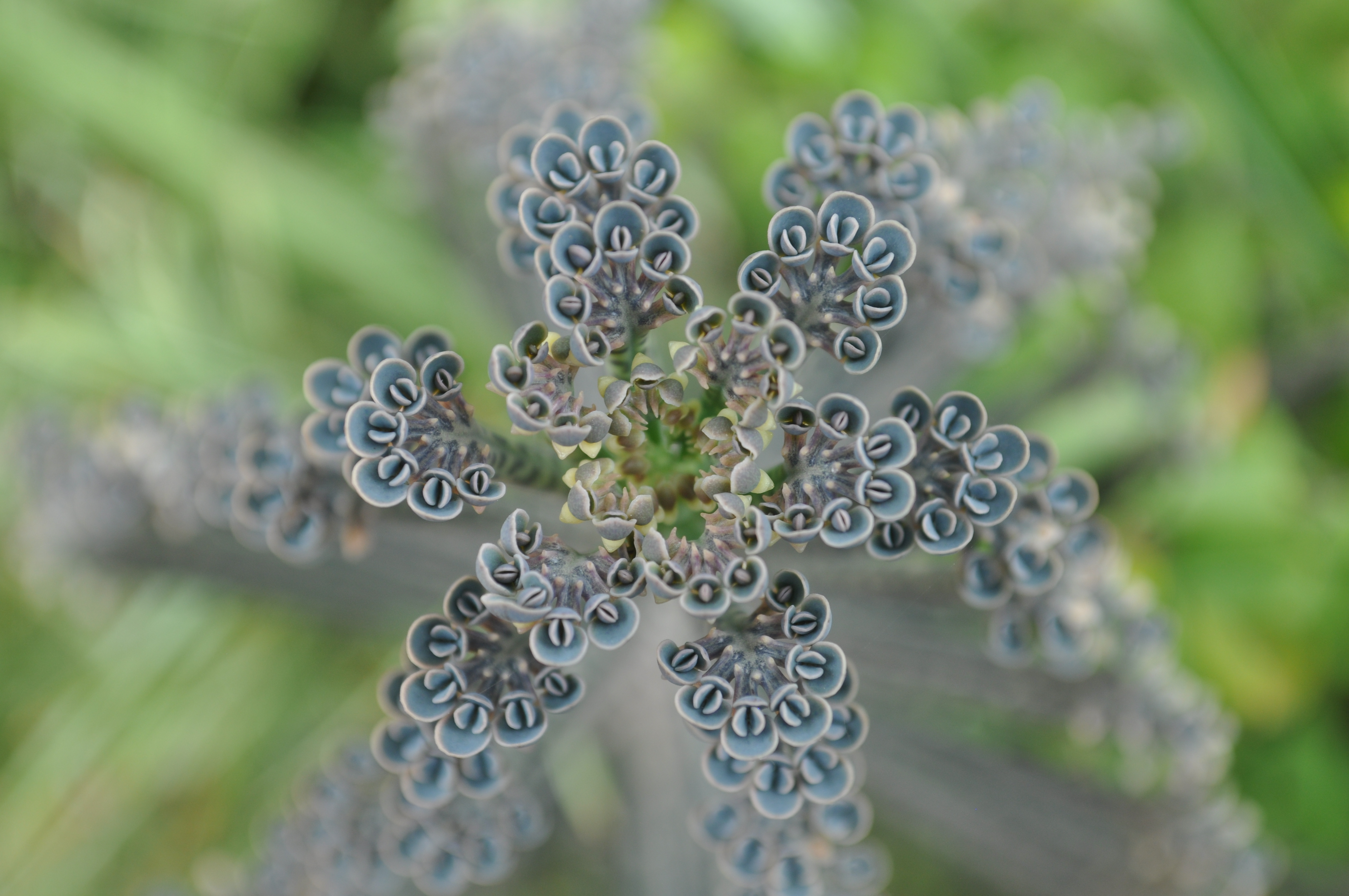
Going Digital: New media Preservation in a Transitional Era
By Pam Dixon
Annette Weintraub is an artist in transition. Like museums, she is facing technology issues that are fundamentally changing how she operates on a daily basis. “I’m an artist who is originally a painter,” says Weintraub, who is Professor of Art at The City College of New York. Her work has been widely exhibited, and has appeared in Newsweek ,The Boston Globe ,Newsday and Leonardo .
Weintraub received a traditional art education, earning a BFA from The Cooper Union and her MFA from the University of Pennsylvania. Then in the mid to late 80s, Weintraub began making electronic images, and has since moved to the Web. “More recently, since the Web, I have been making Web pieces,” says the artist. “For me, its been an evolution from still images to a form that’s cinematic.”
“Pedestrian” is one of Weintraub’s cinematic Web pieces. It is a complex, intricately presented tale of urban architecture and life. Visiting the Pedestrian site brings a whole new argument to looking at certain Web sites as works of art worthy of being preserved for future generations. Or at least it should.
Issues in Preservation of New Media or Web-based Art
Preserving Web art poses significant complications. In practical terms, Weintraub stopped putting her work on slides in 1996. Since then, the electronic nature of her work requires her to send out CD-ROMs and Web sites. That is fine, except Weintraub, like other media artists, are concerned about how their work will be preserved for the future.
“The technology ultimately poses a problem in terms of documenting and preserving work. The technology changes so quickly, that your work from ten years ago can be stored in a form that’s obsolete and can’t be processed. This has happened to a lot of installation artists.”
To some extent, the same kinds of problems await all Web-based works, unless either the artist or the museum involved takes the time to put the works in another form or to document them in some technologically-proof way.
“The first Web piece I did was in Netscape 1,” says Weintraub. “I exploited a feature that was a bug — it allowed me to load successive images over each other, which created a fast-loading animation.” Unfortunately, when Netscape updated their browser and fixed the bug, Weintraub says that the update ruined her piece.
In any decade, many interesting works of art have been produced. Those works that museums have preserved give the artists a chance to be valued, sometimes hundreds of years after their death. If museums had not preserved Vermeer’s paintings, how could his work ever have become popular in the 20 th century?
For museums and artists, preserving digitally created works of art creates problems when works are created with ephemeral technology with a life span of maybe a few months or years. It’s quite easy to envision a future in which museums become repositories of not only important works of new media art, but also of all of the equipment required to preserve each piece of electronic art.
Online Curators?
Given the rate of technological change, a museum could collect hundreds of computers, thousands of versions of Web and other software, and still not be done. It could be argued that digital and online curators could be at least part of a solution.
When are the first digital and online art curators going to start appearing on museum staffs? Not anytime terribly soon, says Jeff Gates, Head of New Media initiatives at the National Museum of American Art.
“From a social point of view, in order for there to be curators for exclusively online works, they would have to get their kudos from pursuing this course,” says Gates. “Curators currently get their strokes from publishing books. It’s in transition. We have to look at dangling carrots in front of people so that they see that this is something they want to do.”
One of the handful of examples of online curating is at the Beyond Interface site. There, organizing curator Steve Dietz (Director of New Media Initiatives at the Walker Art Center) selected 24 works to create an online exhibition of serious work employing the Web as a medium. Unfortunately, sites like this are rare.
As the Web medium becomes more accepted as a pure art medium, it will be a matter of course for museums to include Web media in exhibitions. But until that time comes, artists working in the Web medium and other new media will need to create some preservation strategies of their own. Looking into saving works in a way that can be migrated to new future technology is a good first step.
In the end, however, technology must serve art, not the other way around. Weintraub says: “It’s important to do your work, and not to censor that impulse to experiment.”
Copyright Pam Dixon